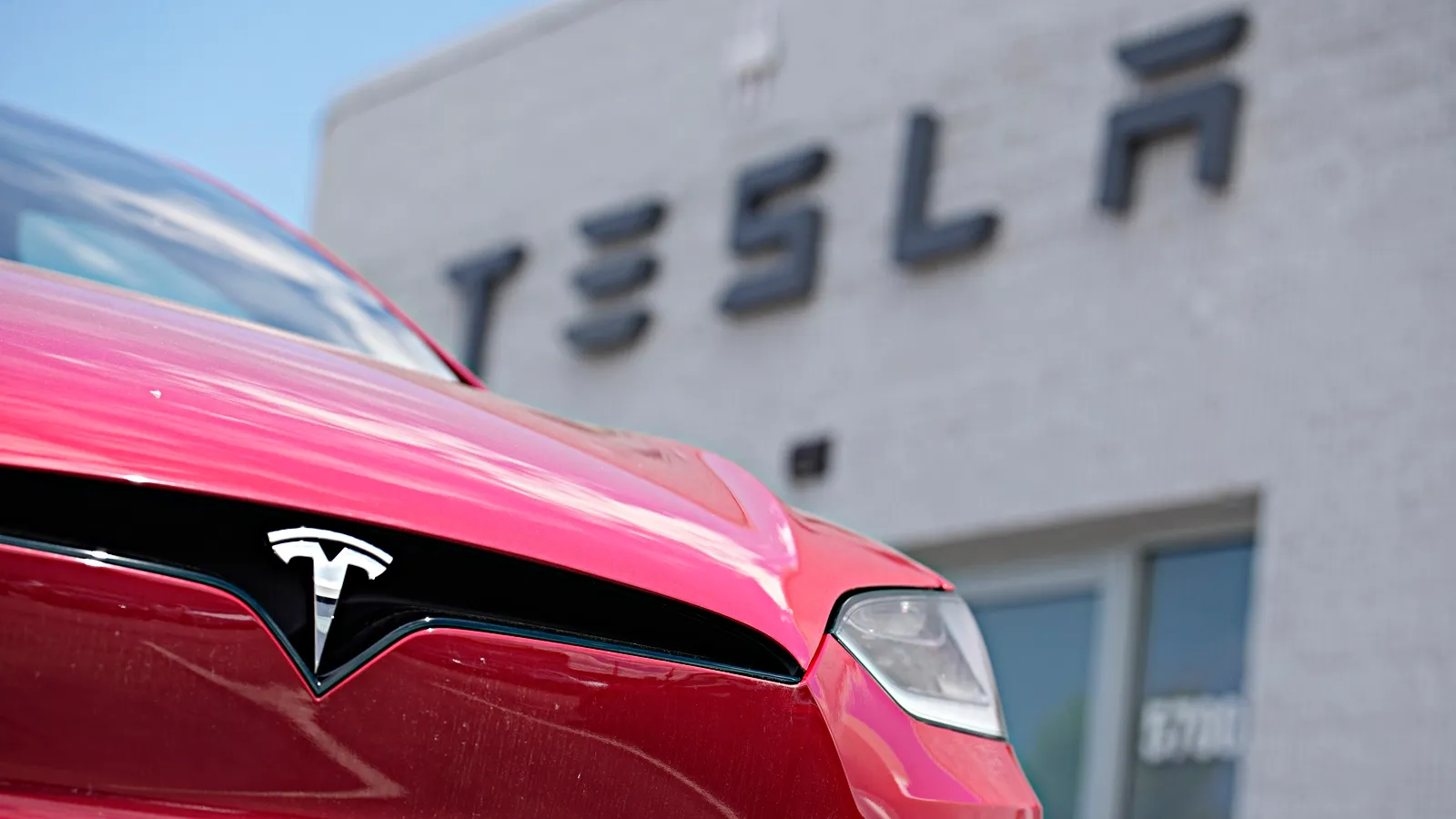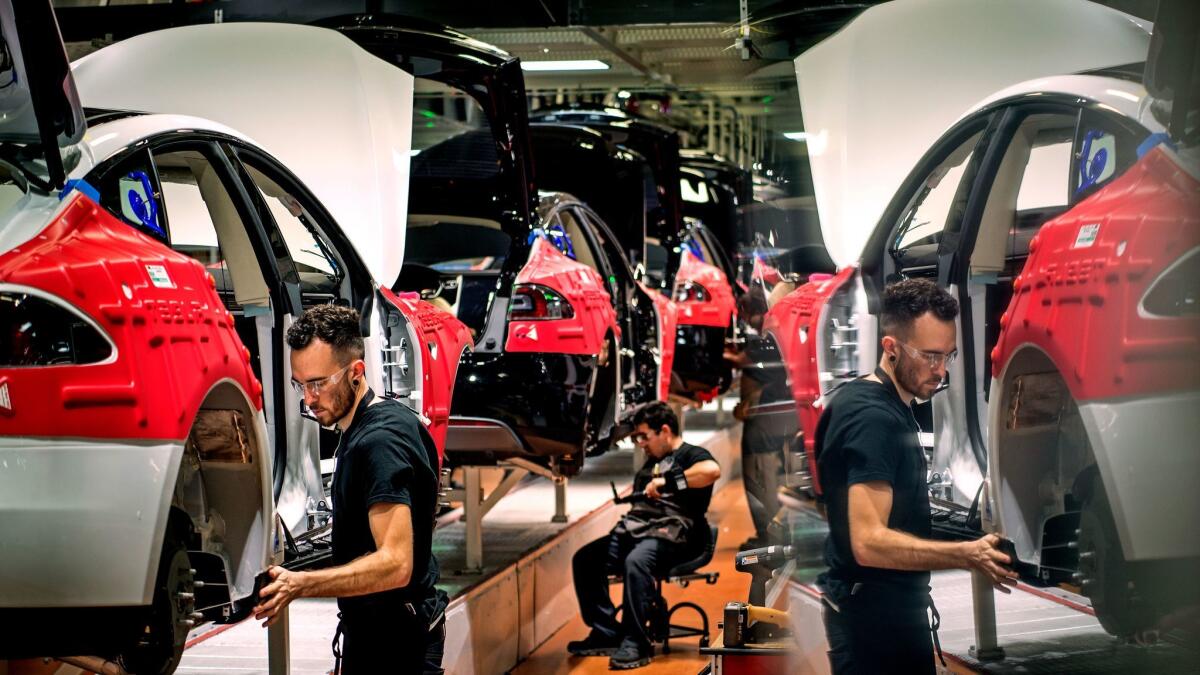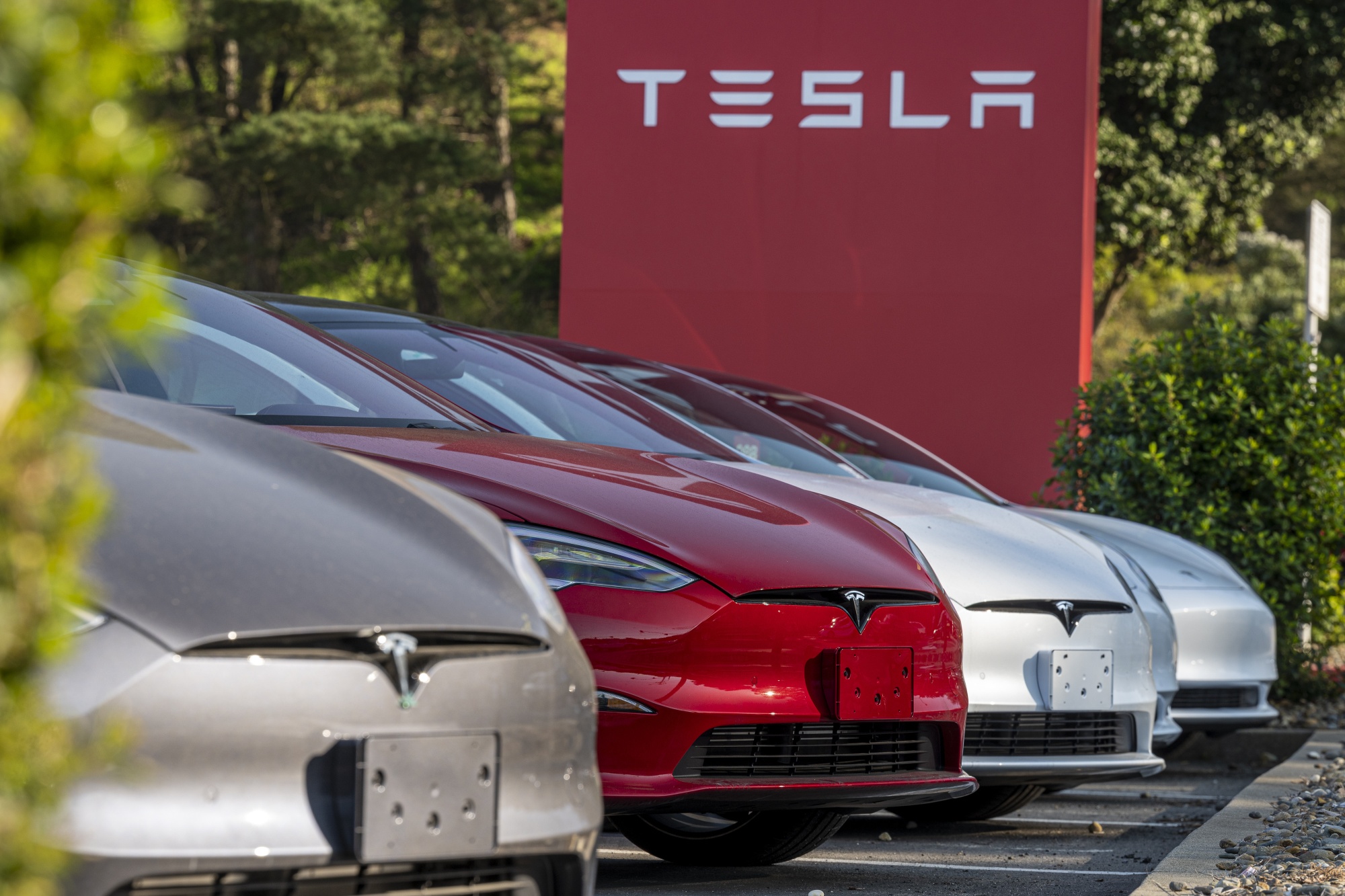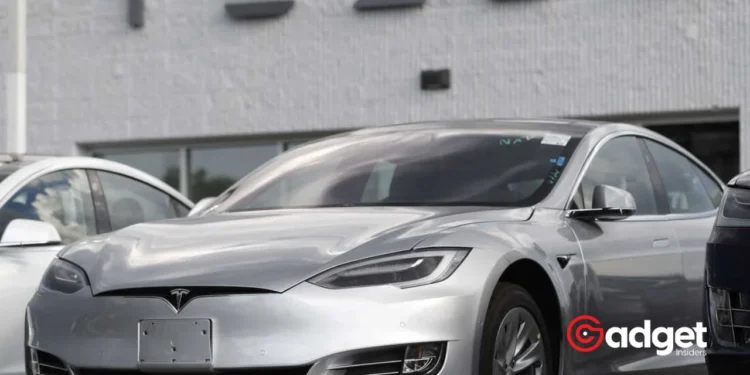In a heart-wrenching incident that shook the foundations of automotive safety, Angela Chao, the revered CEO of the Foremost Group, tragically lost her life. The accident, involving a Tesla Model X SUV, unfolded on a ranch in Texas, casting a long shadow over the perceived safety of electric vehicles and reigniting debates around their design and functionality.
As we delve deeper into this incident, we uncover not only the specifics of that fateful night but also the broader implications for Tesla and the electric vehicle industry at large.

The Incident That Sparked a Safety Debate
Angela Chao, a prominent figure in the shipping industry and a beacon of success, met an untimely demise last month in an accident that has since stirred widespread concern. Attempting a three-point turn, Chao inadvertently put her Tesla in reverse, sending it plummeting over an embankment and into a pond.
This tragic error, occurring as she left a party at a private ranch outside Austin, Texas, has brought to light questions about the intuitiveness and safety of Tesla’s vehicle controls.
The harrowing ordeal that followed saw Chao calling a friend in a state of panic as her vehicle became increasingly submerged. Despite valiant rescue efforts by friends and emergency responders, Chao was found unresponsive and could not be revived.
The incident is now under a criminal investigation, leaving the community and her family, including her husband Jim Breyer and their three-year-old son, in mourning.

The Controversy Surrounding Tesla’s Design
This was not the first instance of Chao or other Tesla owners grappling with the vehicle’s gearshift. Reports have surfaced of multiple Tesla drivers mistaking reverse for a drive, pointing to potential design flaws in the electric car’s interface.
With over a dozen complaints lodged with the U.S. Department of Transportation concerning the company’s reverse function and additional grievances about “phantom braking,” the incident has sparked a critical examination of the EV giant’s safety measures and design philosophy.
Tesla, a pioneer in the electric vehicle industry, has always pushed the envelope in terms of technology and innovation. However, the recent events raise important questions about the balance between innovation and user safety.
The transition from traditional gear stalks to touchscreen controls in newer Tesla models has been touted as a leap forward, yet incidents like Chao’s suggest a reevaluation might be in order.
Exciting insights on Tesla FSD v12 with Hans!
Recent beta tester experiences highlight improved handling and smoother operation. Yet, safety concerns linger with instances of aggressive behavior.
But how can we effectively balance confidence and safety in autonomous driving?… pic.twitter.com/MHS59VWYf0
— Herbert Ong (@herbertong) March 14, 2024
Navigating the Waters of Vehicle Safety
The tragic loss of Angela Chao serves as a stark reminder of the importance of vehicle safety, particularly in the context of electric and autonomous technologies. Tesla and other manufacturers are at a crossroads, challenged to enhance the intuitiveness and reliability of their vehicles while continuing to innovate.
For drivers, the incident underscores the critical need for awareness and preparedness, especially in emergencies like vehicle submersion. Experts like Dr. Gordon Giesbrecht emphasize the narrow window for escape, recommending immediate action over attempts to call for help.

Moving Forward: The Future of Tesla and Electric Vehicle Safety
As the investigation into Angela Chao’s death continues, the automotive industry and its consumers await answers and potential safety improvements. Tesla’s response to these concerns and any adjustments to its design and safety protocols will be closely watched, potentially setting new standards for the industry.
In memory of Angela Chao, this tragedy must spark constructive dialogue and actionable change, ensuring that safety remains at the forefront of technological advancement in the automotive sector. The journey towards safer, more intuitive electric vehicles is complex, but it is one that manufacturers, regulators, and drivers must navigate together.










